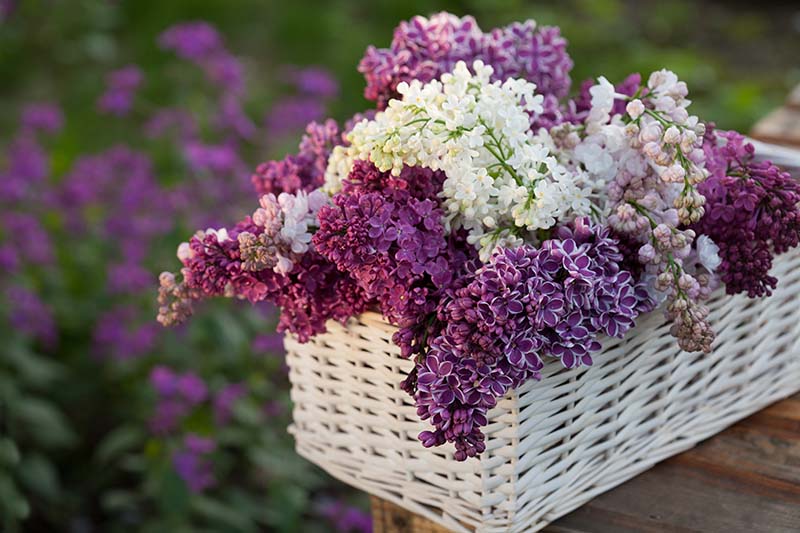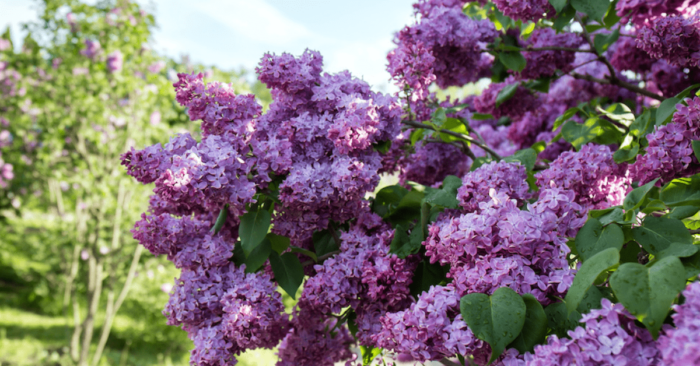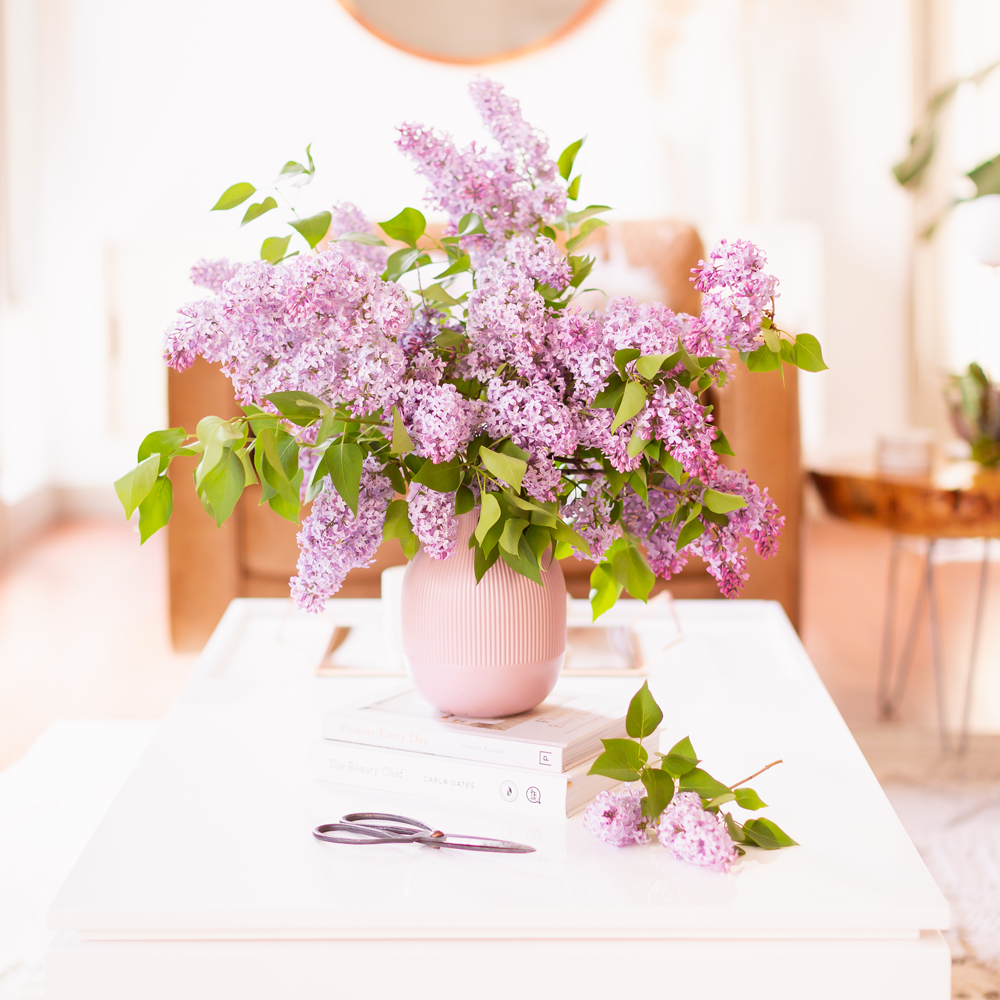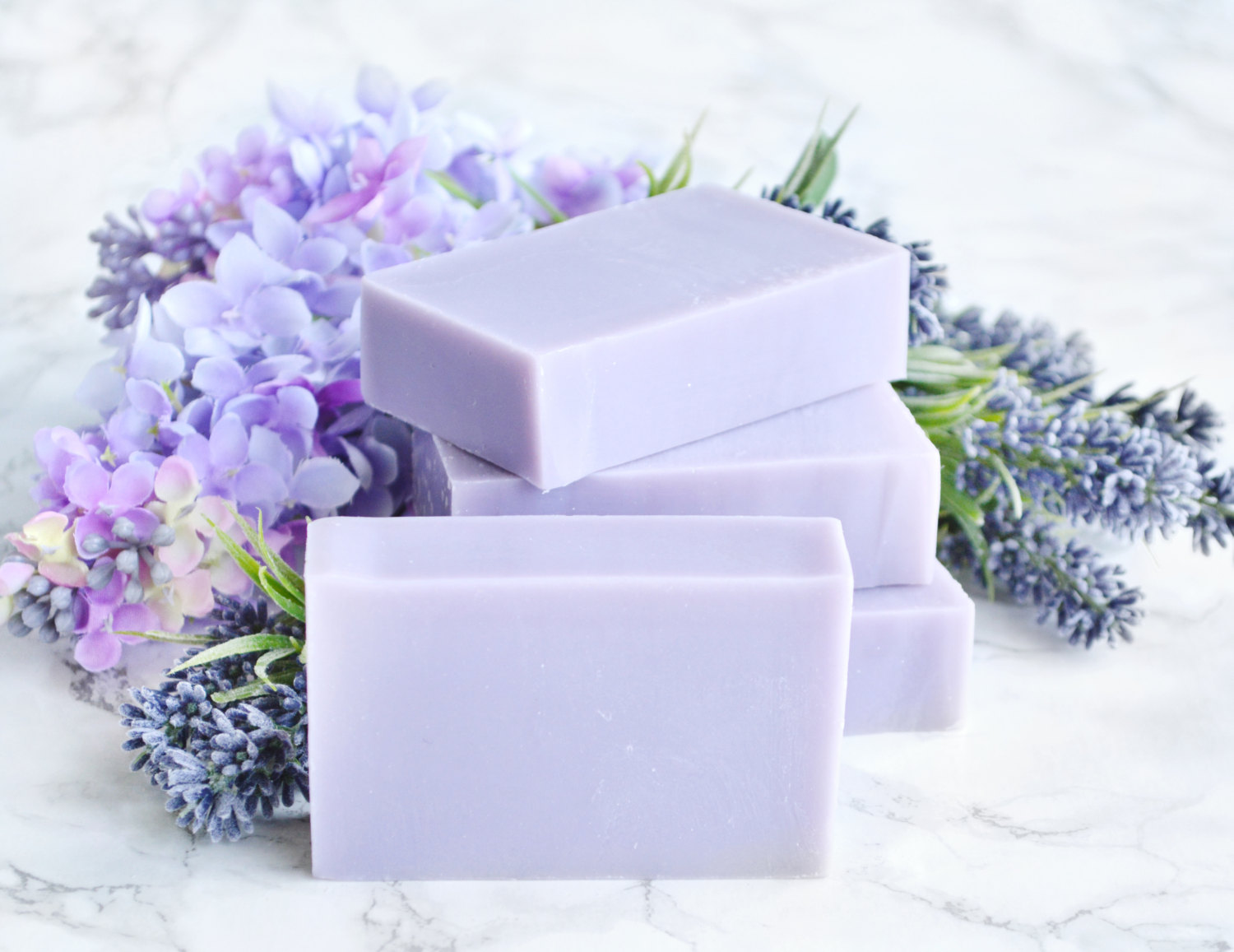How To Grow Care For Common Lilac
Introduction
Lilacs are beautiful flowering shrubs that are a popular addition to many gardens. They are known for their sweet fragrance and their showy blooms, which come in a variety of colors, including white, purple, pink, and blue. Lilacs are relatively easy to grow and care for, making them a good choice for even beginner gardeners.
Where to Plant Lilacs
Lilacs prefer full sun, but they can tolerate some shade. They will not do well in areas with hot, humid summers. Lilacs need well-drained soil. If your soil is heavy clay, you will need to amend it with sand or compost to improve drainage.
How to Plant Lilacs
The best time to plant lilacs is in the fall or early spring. Dig a hole that is twice as wide and as deep as the root ball of the lilac. Amend the soil in the hole with compost or other organic matter. Place the lilac in the hole and backfill with soil. Water the lilac well.
Pruning Lilacs
Lilacs do not need to be pruned heavily. However, you should prune them after they have finished blooming to remove spent blooms and to shape the shrub. You can also prune lilacs in the winter to remove dead or damaged branches.
Watering Lilacs
Lilacs need regular watering, especially during their first year in the ground. Once they are established, they will need less water. Water lilacs deeply and infrequently.
Fertilizing Lilacs
Lilacs do not need to be fertilized heavily. You can fertilize them in the spring with a balanced fertilizer. However, too much fertilizer can actually harm lilacs.
Problems with Lilacs
Lilacs are relatively pest- and disease-resistant. However, they can be susceptible to aphids, scale, and powdery mildew. If you see any pests or diseases on your lilacs, treat them immediately.
Conclusion
Lilacs are beautiful and easy-to-grow shrubs that can add a touch of elegance to any garden. With a little care, your lilacs will bloom for many years to come.
If you are interested in learning more about the common lilac, I recommend visiting Home Gardening. This website provides a wealth of information about the plant, including its history, cultivation, and uses. You can also find photos and illustrations of the lilac, as well as links to other resources.
FAQ of common lilac
- How long does it take for a common lilac to bloom?
Most common lilacs start blooming after 3-4 years, but some may take as long as 6-7 years. The best time to plant a lilac is in the fall or early spring.
- What are the different colors of common lilac?
Common lilacs come in a variety of colors, including white, purple, pink, and blue. Some varieties even have bi-colored blooms.
- How do I care for a common lilac?
Common lilacs are relatively easy to care for. They prefer full sun and well-drained soil. Water them deeply during the growing season, but allow the soil to dry out between waterings. Fertilize them in the spring with a balanced fertilizer.
- How do I propagate a common lilac?
There are two main ways to propagate common lilacs: by cuttings and by layering. To propagate by cuttings, take 6-inch cuttings from healthy stems in the fall or early spring. Dip the cuttings in rooting hormone and plant them in a pot of well-draining soil. Keep the soil moist and the cuttings in a shady spot. To propagate by layering, bend a low-hanging branch to the ground and bury it in the soil. The branch will eventually root and form a new plant.
- What are some common pests and diseases of common lilacs?
Common lilacs are susceptible to a few pests and diseases, including aphids, Japanese beetles, powdery mildew, and anthracnose. Aphids can be controlled with insecticidal soap or neem oil. Japanese beetles can be controlled with a pesticide. Powdery mildew can be controlled by removing infected leaves and applying a fungicide. Anthracnose can be controlled by removing infected leaves and branches and applying a fungicide.
Image of common lilac
- A close-up of a single lilac flower in full bloom, showing the delicate petals and the sweet fragrance.

- A cluster of lilac flowers in shades of purple, pink, and white, against a backdrop of green leaves.

- A tall lilac bush in full bloom, with its branches laden with flowers.
- A lilac tree in full bloom, with its branches reaching up to the sky.

- A lilac hedge in full bloom, providing a colorful backdrop for a garden or walkway.

- A lilac bouquet, with its delicate flowers arranged in a vase.

- A lilac wreath, with its fragrant flowers arranged in a circle.

- A lilac candle, with its sweet fragrance filling the air.

- A lilac soap, with its gentle fragrance leaving your skin feeling soft and smooth.

- A lilac tea, with its delicate flavor and calming properties.

Post a Comment for "How To Grow Care For Common Lilac"